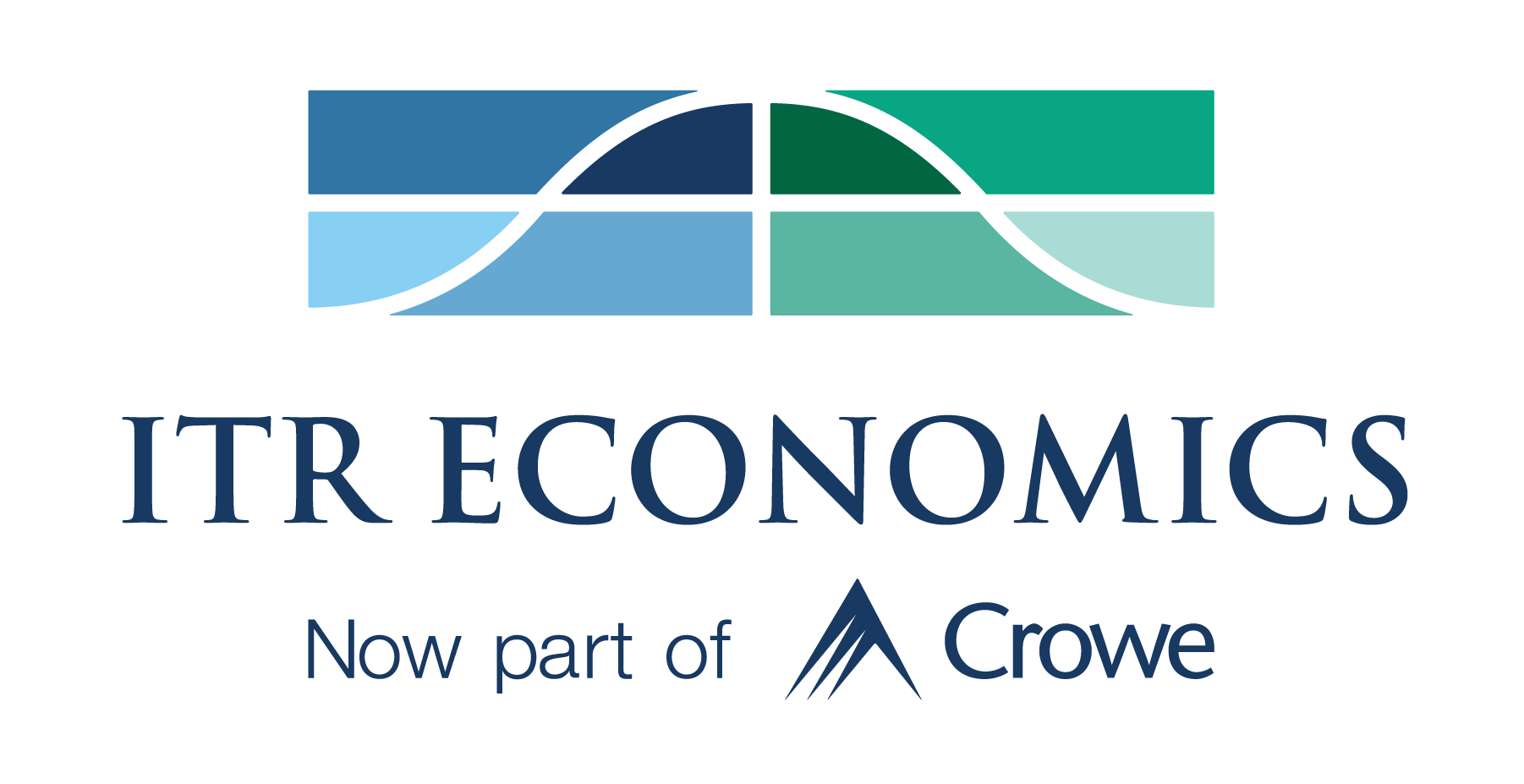- Mon - Fri: 8:30 - 5:00
- +1-603-796-2500
- ITR@itreconomics.com
October 31, 2022
- Home
- portfolio
- TrendsTalk
- October 31, 2022
with BRIAN beaulieu
SPECIAL UPDATE: THIRD QUARTER GDP NUMBERS
GDP numbers for the third quarter of 2022 were up after a stagnant first half of the year. Find out why this positive increase is so important for the economy with the latest episode of TrendsTalk with ITR CEO and Chief Economist Brian Beaulieu.
The below transcript is a literal translation of the podcast audio that has been machine generated by Rev.
Hi, I’m Brian Beaulieu, CEO, Chief Economist of ITR Economics, bringing you this special update. It’s important news. It’s good news. Third quarter GDP numbers are out, put out by the BEA, came out this morning. Today is the 28th of October. And the third quarter GDP was up, obviously easily up in nominal dollar terms, but in real dollar terms, and that’s where GDP had been stagnant in the first half of this year, it was up at a 2.6% annualized growth rate. And for us, we’re talking 3/12, 12/12 rates-of-change, 3/12 is what’s relevant for GDP, and that’s a 1.8% increase year over year.
So whether you look at the 1.8 or the 2.6, the economy’s clearly growing below what’s called trend or below the long-term trend, but it was very important that we get this positive number in the third quarter. It was being driven by strength in exports, strength in personal consumption, strength in government spending, both federal, state, and local. And even more important than the government spending, strength in what we call our non-residential construction. Government calls it non-residential fixed investment.
And as we’ve talked about, non-res is a lagging part of the economy. So it makes sense that it’s going to be strong. The consumer we think is going to continue to exhibit strength because, and this is also very important, real personal income was up. If you look at it without transfer payments, it was still up, although it is running a little bit below last year, but after a sluggish first half, we’re seeing real wages getting caught up with the rate of inflation as Grace, from our staff, has mentioned numerous times.
There’s a natural lag there, inflation happens and by the time the corresponding wages get passed through, there is a little bit of a lag and we’re seeing that happen now, and we expect our forecast is that those real wages are going to continue to rise, particularly given the state of the labor market.
What does that all mean? It means, well when we look at exports in the strong US dollar continuing to give us a positive trade balance situation, and in terms of those exports, we now have positive leading indicators in place that are for Australia, Brazil, Japan, and China. And that’s very important in terms of keeping the export numbers looking better than the import numbers, because we expect the USD is going to stay strong through mid 23 approximately. That’ll be a different trends talk.
So we think that the exports are going to continue to look good, we think personal consumption is going to continue to look good, and we think non-residential construction are all leading indicators say that’s going to continue to improve. And that also, by the way, is being helped by that nationalism phenomena that we’ve talked about.
So we expect GDP is going to be up in the fourth quarter. We expect it’s going to have an iffy quarter, 1Q 2023. So we’re calling for it really to be largely a flat quarter, and then get some more rise going in the second quarter, and the third quarter of 2023, and the fourth quarter as well.
We are not looking at a recession stemming from these higher interest rates. People who are propagating that thought don’t understand the timeline. It’s not an instantaneous economy which we live. GDP grew, and it’s going to continue to go up, which means the opportunities are there for your businesses, if you understand that it’s a balanced risk… You can’t not take risks. But when you have a favorable economic wind coming over your left shoulder, it’s a little easier to take those risks, invest in your businesses, and make those businesses grow.
Not only looking at GDP improving and incomes going up in the third quarter, which is really cool, we’re also seeing that we’ve made strides in the disinflation portion of things, and it probably isn’t fast enough for the Federal Reserve. They’re probably still going to push interest rates up, the Fed funds rate up in November. But the PCE, the Personal Consumption Expenditure price index in the third quarter came in 4.2% above one year earlier. So at 312 or 4.2%.
In the second quarter, that 312 was at 7.3%. That’s a significant deceleration in inflation. Core inflation staying high because of the services sector, the services part of what we spend our money on. Goods are not showing that same sort of inflation that has ramifications for businesses. And the Fed is not going to be able to effectively control the service type of inflation because that has to do with the labor shortage more than anything else. So that’s another risk we’ll watch for.
Thank you for listening. This has been ITR Economics, CEO, Chief Economist, Brian Beaulieu. Thank you.




